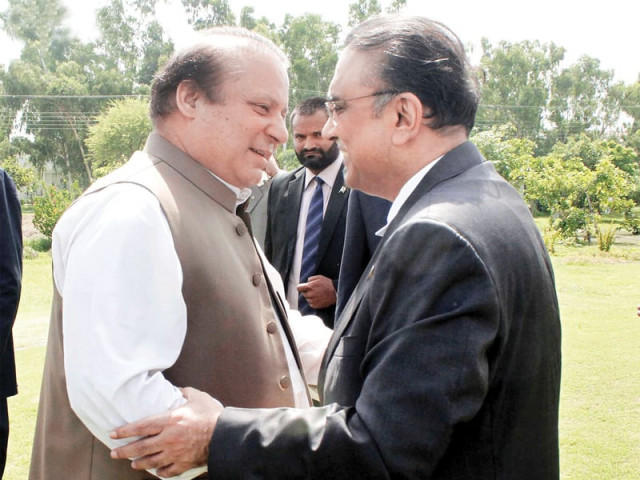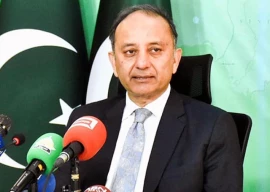
It will be easy at that point for the PML-N to claim that their performance on the economy is better than the Pakistan Peoples Party. But if current trends hold for the next three years, they will likely be very wrong.
On the surface, the economy looks better. GDP growth is picking up to close to 5%, foreign direct investment is up, and inflation is declining. None of these, however, is due to the efforts of the Nawaz administration. If anything, the actions taken by Finance Minister Ishaq Dar and his cabinet colleagues appear to have lessened the positive impact of the exogenous economic shock causing all of these positive numbers: lower global oil prices.
Here is how the major economic variables are related to oil prices.
It is a little known fact to most Pakistanis but the base load of electricity generation in the country is actually handled by the independent power producers, most of whom run their plants on furnace oil. The cost of producing electricity in Pakistan, in other words, is highly correlated with the price of oil. Government subsidies on electricity, which accounted for half of the budget deficit during the PPP administration, as a result, will be much lower, making government finances look better without the finance ministry or the Federal Board of Revenue (FBR) doing anything to streamline expenses or crack down on tax evasion.
Meanwhile, inflation starts to go lower as lower oil prices hit the Consumer Price Index (CPI). In addition to their direct weight in the inflation index, lower oil prices also stabilise the prices of other goods since the cost of transportation and energy is often baked into their prices.
Once again, another key economic indicator – inflation – starts looking good through no effort on the part of the government.
Lower inflation, in turn, allows the State Bank of Pakistan to reduce interest rates, which tends to spur economic activity, resulting in the higher GDP growth number. Higher economic growth rates tend to attract greater foreign direct investment. Once again, all of this improvement accomplished almost entirely without government help.
The inefficiency of the state-owned electricity transmission and distribution companies – both in collecting bills as well as in preventing theft – was particularly difficult to hide when oil prices were at $140 a barrel. It is going to be a lot easier now that oil is trading below $50 per barrel. It will even be easier for the government to reduce power outages over the next few years as the impact of lower oil prices fully kicks in. That should further improve economic growth rates.
The PML-N will, of course, take credit for all of these improvements, even though the Nawaz administration has actually made matters worse.
Tax collection, for instance, is growing at an even more anemic pace than under the PPP, which suggests that far from cracking down on tax evasion, the current government is actually allowing more of it. Bill collection at state-owned electricity distribution companies – particularly in Punjab – is declining very rapidly, from the high-90% range to the mid-80% range, suggesting that electricity theft is becoming even more rampant than ever before.
Meanwhile, Finance Minister Ishaq Dar will continue to take credit for an economic performance that he had nothing to do with improving and plenty to do with worsening. Imagine how much higher the GDP growth rate could be if it is 5% right now, with the government actively making matters worse.
In reality, though, it is not really Dar’s fault. He is an accountant by profession, trained to look at numbers and report them in the best possible manner. The underlying economics behind them is not really his job. The person at fault is the one who put an accountant in the role of a strategy manager. That person should be held accountable most of all, and likely will in the 2018 elections.
The writer is a staff correspondent
Published in The Express Tribune, January 26th, 2015.
Like Business on Facebook, follow @TribuneBiz on Twitter to stay informed and join in the conversation.

















COMMENTS
Comments are moderated and generally will be posted if they are on-topic and not abusive.
For more information, please see our Comments FAQ